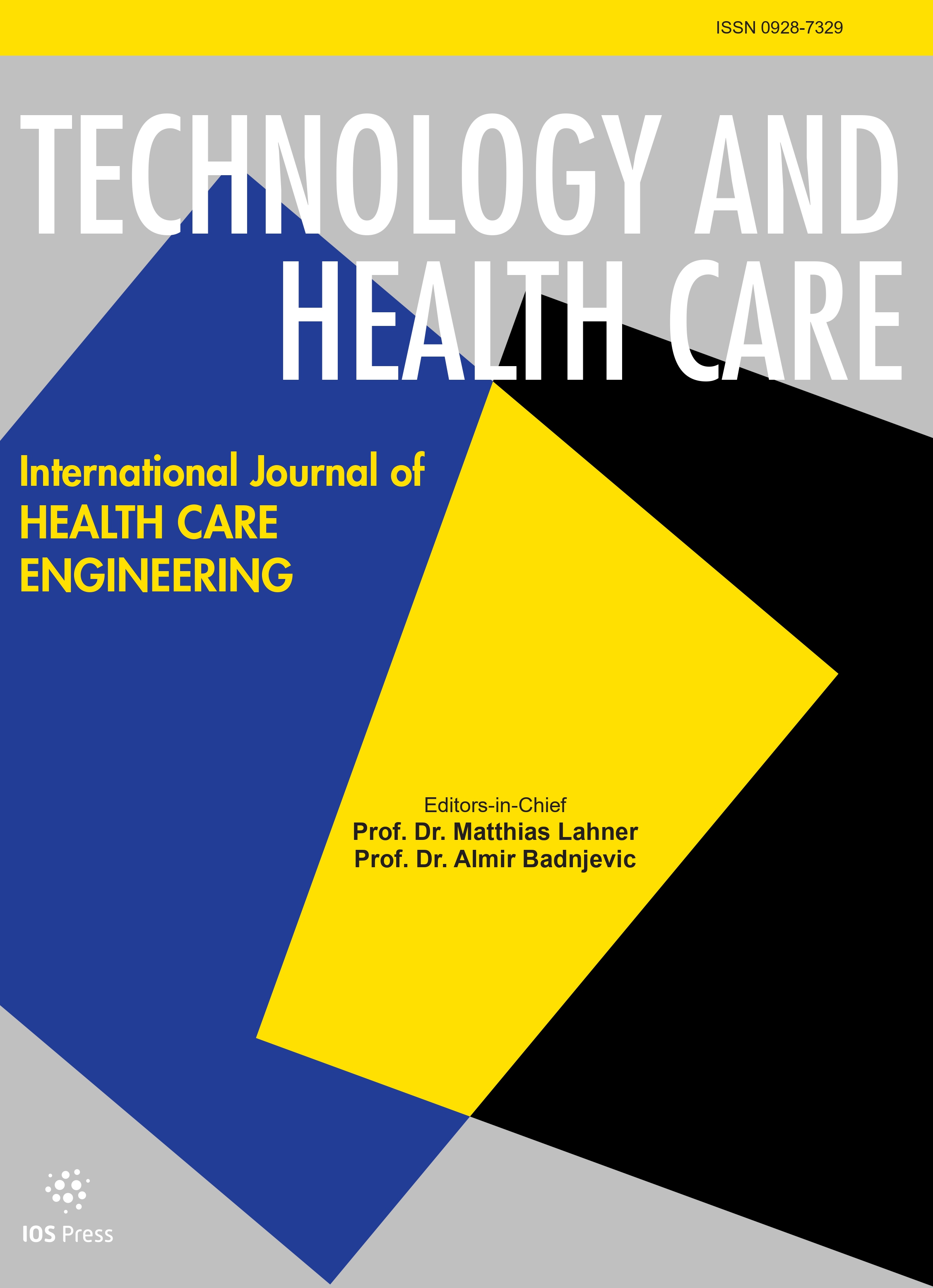Authors: Orsi, Alexander D. | Mathew, Manu | Plaskos, Christopher | Wakelin, Edgar A. | Slotkin, Eric M. | Coffey, Simon | Ponder, Corey E. | Keggi, John K. | McMahon, Stephen J.
Article Type:
Research Article
Abstract:
BACKGROUND: Passive smartphone-based apps are becoming more common for measuring patient progress after total hip arthroplasty (THA). Optimum activity levels during early THA recovery have not been well documented. OBJECTIVES: Correlations between step-count and patient reported outcome measures (PROMs) during early recovery were explored. This study also investigated how demographics impact step-count during early post-operative recovery. METHODS: Smartphone captured step-count data from 666 THA patients was retrospectively reviewed. Mean age was 64 ± 11 years. 55% were female. Mean BMI was 29 ± 8kg/m 2
…. Mean daily step-count was calculated for each patient over four time-windows: 60 days prior to surgery (preop), 42–49 days postop (6 weeks), 91–98 days postop (3 months), and 183–197 days postop (6 months). Spearman correlation coefficients and linear regression were used to assess the association between PROMs (HOOS-12, HOOS-Jr, and UCLA) were performed. Patients were separated into three step-count levels: low (< 2500 steps/day), medium (2500–5500 steps/day), and high (> 5500 steps/day). Age > 65 years, BMI > 35 kg/m 2 , and sex were used for demographic comparisons. Post hoc analyses were performed using Welch’s unequal variances t -tests, or Wilcoxon rank-sum tests, both with Bonferroni corrections, where appropriate when comparing between groups. Chi-squared analyses were also used when comparing categorical variables. RESULTS: UCLA correlated with step-count at all time-windows (p < 0.001). HOOS12-Function correlated with step-count preoperatively, at 6 weeks, and at 3 months (p < 0.001). High step-count individuals had improved UCLA scores compared to low step-count individuals preoperatively (Δ 1.5, p < 0.001), at 6 weeks (Δ 0.9, p < 0.001), at 3 months (Δ 1.4, p < 0.001), and at 6 months (Δ 1.4, p < 0.001). High step-count individuals had improved HOOS12-Function scores compared to low step-count individuals preoperatively (Δ 9.6, p < 0.001), at 6 weeks (Δ 5.3, p < 0.001), and at 3 months (Δ 6.1, p < 0.001). Males had greater step-count at all time points (p < 0.001). Younger patients and low BMI patients had greater step-count across all time points (p < 0.001). CONCLUSION: High step-count improved PROMs scores compared to low step-count. Early post-operative step-count was significantly impacted by age, sex, and BMI. Generic recovery profiles may not be appropriate across diverse populations.
Show more
Keywords: Total hip arthroplasty, smartphone, step-count, PROMs, remote patient monitoring
DOI: 10.3233/THC-231203
Citation: Technology and Health Care,
vol. Pre-press, no. Pre-press, pp. 1-10, 2023
Price: EUR 27.50




